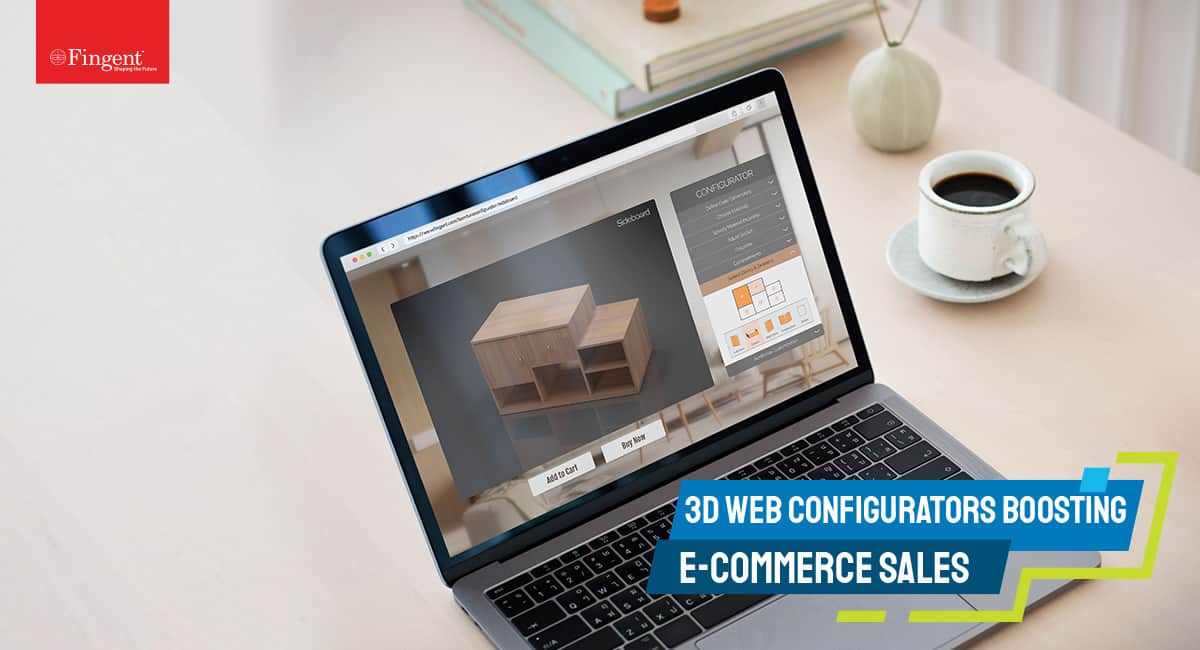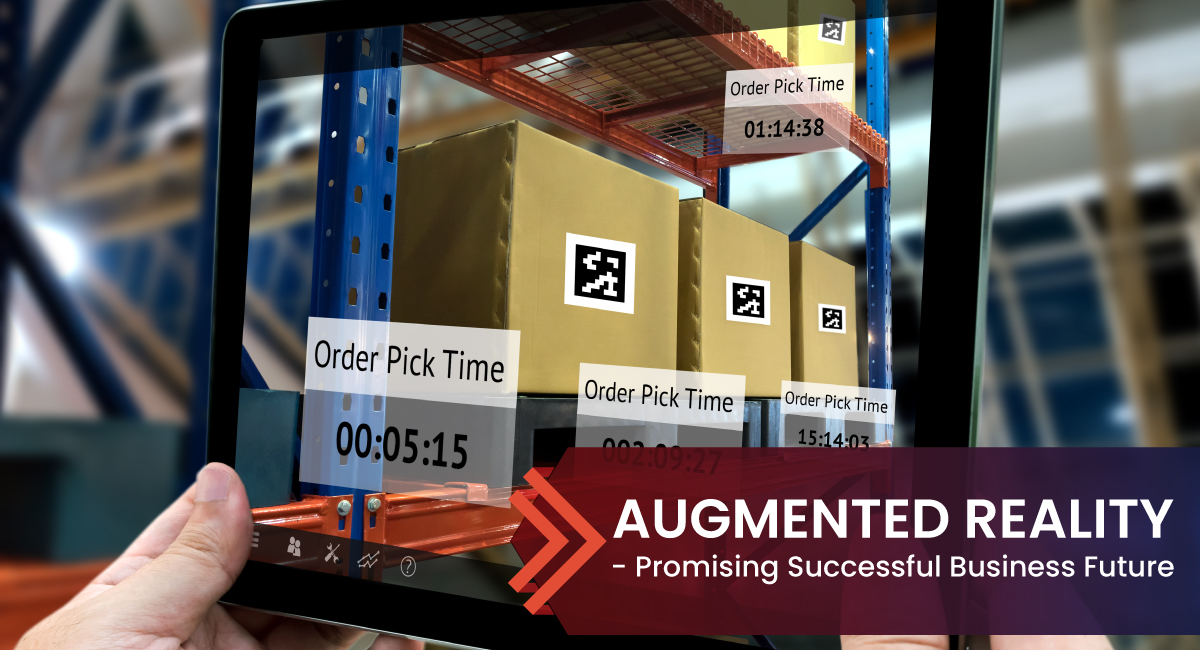
Augmented Reality (AR) and Virtual Reality (VR) in e-commerce
A revolutionary transformation
Augmented Reality (AR) and Virtual Reality (VR) in E-Commerce: A Revolutionary Transformation
Although AR and VR have existed for some time, their revolutionary impact on the commercial sector has become evident in recent years. It is predicted that in the coming years, these technologies will compel every business to adopt them for growth. According to Statista, the global AR and VR market is expected to reach a value of $209 billion by 2022. Moreover, the number of app downloads related to these technologies is projected to hit 5.5 billion by the following year.
Recent studies reveal that customers are more inclined to purchase from brands that use interactive technologies for marketing. AR and VR technologies enable customers to explore virtual showrooms, interact with and experience products, and completely transform their shopping experience. From 360-degree catalogs to immersive digital experiences, these technologies allow shoppers to engage deeply with the buying process, ultimately driving higher sales.
Benefits of Augmented Reality and Virtual Reality in E-Commerce
Reports indicate that approximately 78.65% of shoppers abandon their carts before completing a purchase. This statistic highlights the need for innovative methods to encourage customers to finalize their purchases. Furthermore, the COVID-19 pandemic has changed customer behavior toward e-commerce, with many now preferring to digitally examine products before visiting a physical store.
Well-known brands like Sephora, IKEA, and MOSCOT have utilized AR and VR to convert potential customers into loyal ones.

1. Reducing Friction in the Online Shopping Journey
While the pandemic accelerated the adoption of e-commerce, challenges in the online shopping process still exist. AR and VR technologies help minimize these hurdles by allowing customers to quickly find products and virtually try them before buying.
2. Enhancing Digital Marketing Efforts
Companies like Facebook are experimenting with AR-based e-commerce ads, and Google plans to integrate AR product images into both paid and organic search results.
3. Reducing Product Returns
The "Try Before You Buy" feature enabled by AR and VR allows buyers to virtually view and test products, increasing their confidence in purchases. This capability, especially in the fashion industry, reduces the need to buy multiple versions of a product, thereby minimizing product returns.

Top 6 AR and VR Trends in E-Commerce for 2024
1. Virtual Showrooms
Virtual stores will revolutionize shopping. With VR headsets, customers can view and examine various products and their features, similar to a physical store experience.
2. Virtual Try-On
By 2024, most e-commerce platforms are expected to offer virtual try-on features. This technology helps customers test products before purchase.
3. In-Store Navigation
AR can guide customers to efficiently navigate a store and locate their desired products.
4. AR Filters
Some businesses use AR filters to help customers visualize products and make better decisions.
5. Virtual In-Store Experience
As customer behavior shifts toward online shopping, VR helps bridge the gap between traditional stores and e-commerce.
6. Interactive User Manuals
Interactive manuals allow customers to scan products and access virtual environments to learn about features, setup instructions, and other product details.

Source: Fingent

Manshour Fanavari Arian
Science and Technology Park Office: Mashhad, 12th kilometer of the Asian Highway, Khorasan Science and Technology Park, Technology and Knowledge-Based Institutions Building